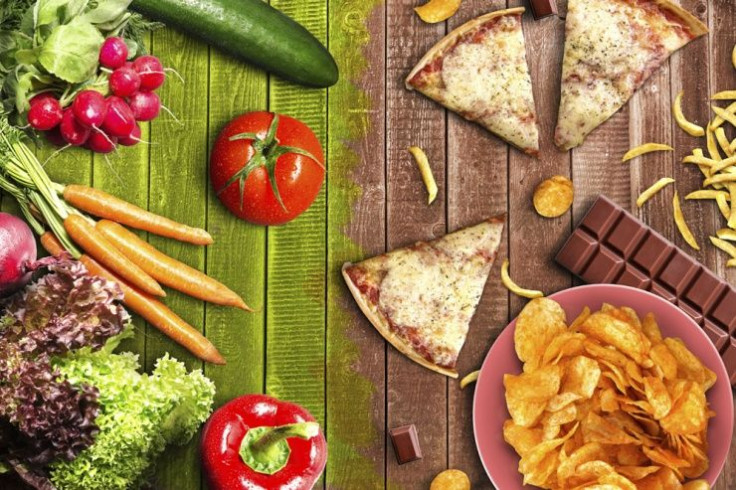Instagram Photos Help Us Discover What People Living In Food Deserts Eat Every Day

Most Americans fall short of the recommended amount of fruits and vegetables in their daily diet, and one reason for this is that they have nowhere convenient to buy them. So what do people in a food desert with few grocery stores actually eat? Researchers from Georgia Tech University decided against the traditional route, of handing out surveys, to find out. Instead, they looked at Instagram, the social media platform where millions of people post pictures of their food on a daily basis.
“The USDA identifies food deserts based on the availability of fresh food,” said lead author Munmun De Choudhury, an assistant professor in Georgia Tech’s School of Interactive Computing, in a press release. “Instagram literally gives us a picture of what people are actually eating in these communities, allowing us to study them in a new way.”
The researchers created a nutritional profile of nearly 9,000 foods using the USDA’s (United States Department of Agriculture) database of nutritional values. Then they analyzed more than three million Instagram pictures that had been tagged with a location. They found that the meals posted in areas considered food deserts had up to 17 percent more fat, cholesterol, and sugar compared to those in photos taken in other places.
“Fruits and vegetables are the biggest difference,” De Choudhury said. “Forty-eight percent of posts from people in non-food deserts mention them. It’s only 33 percent in food deserts.”
The researchers broke the country down into four regions and compared the most popular foods in each of them. In the food deserts of the Southeast, people ate bacon, potatoes, and grits, while those in non-food deserts ate collard greens, oranges, and peaches. In the Midwest, people in food deserts took photos of hamburgers, hot dogs, and brisket, while those with more access to fresh produce showed off meals featuring beans, spinach, and kale. The West Coast’s non-food-desert residents feasted on quinoa, apple, and crab versus pie, beef, and sausage meals for people in food deserts. Finally, those in the Southwest took more pictures of barbeque, pork, and burritos if they lived in a food desert, and tomatoes, asparagus, and bananas if they lived outside of one.
The differences between the photos from the two types of places were so distinct the researchers were able to guess which was which about 80 percent of the time. As varied as the dishes in the pictures may have been, the researchers found there wasn’t much difference in the caloric content of the food.
Eliminating food deserts has long been a public health issue in need of attention in the U.S., although a study of one such area in Pittsburgh found that a opening a new supermarket resulted resulted in the opposite of what many had hoped. Grist posits that we should focus on moving farmers markets to food deserts and having them accept food stamps instead. That way people within these areas, who are usually low-income to begin with, can have a chance to eat the fresh foods they need.



























